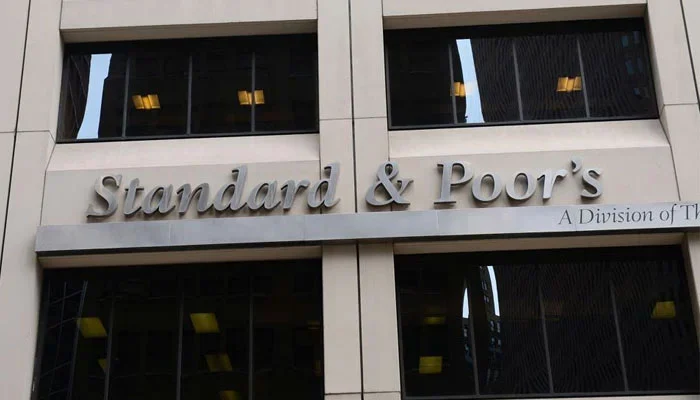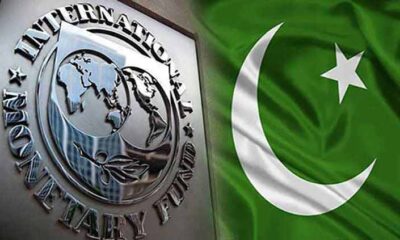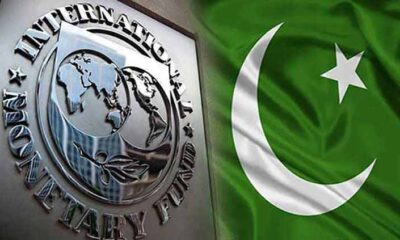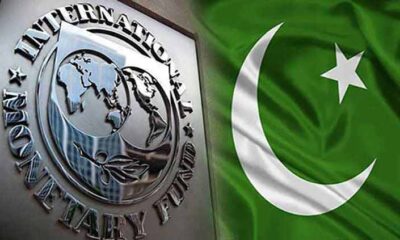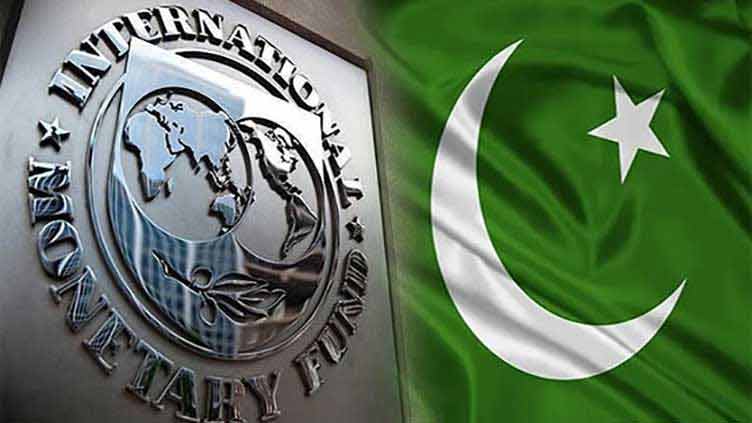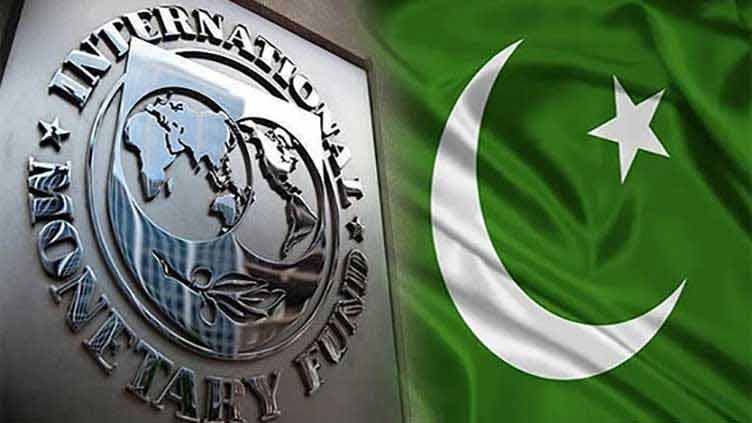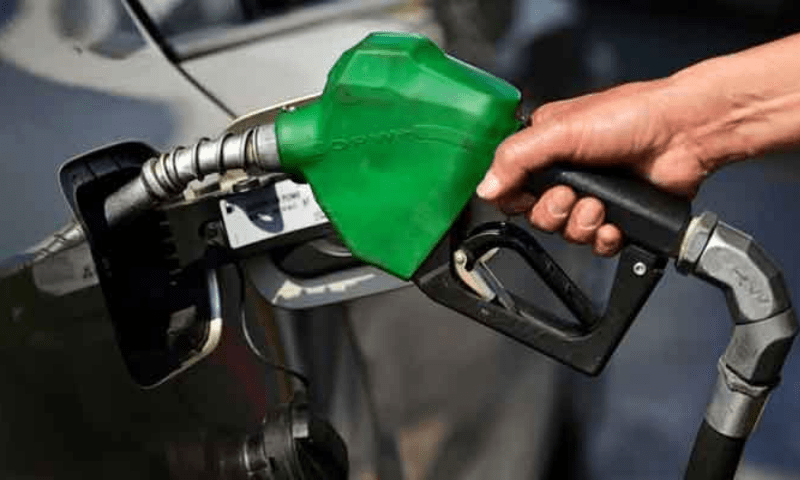- S&P decreases Pakistan’s credit score from B- to CCC+.
- Agency maintains Pakistan’s outlook stable.
- Fitch and Moody’s have already ranked Pakistan’s bonds below investment grade.
KARACHI: S&P Global Ratings has downgraded Pakistan’s credit score due to the series of shocks — from flooding to surging inflation — that has deteriorated the country’s external, fiscal and economic metrics, reported The News.
The nation’s credit score was downgraded from B- to CCC+ by S&P, which expects Pakistan’s dwindling foreign reserves to remain under pressure in the coming year, just as political risks linger, according to a statement.
“Pakistan’s already low foreign exchange reserves will remain under pressure throughout 2023, barring a material decline in oil prices or a step-up in foreign assistance,” S&P analysts Andrew Wood and YeeFarn Phua wrote.
The country also faces elevated political risks which may affect its policy trajectory over the next year.
Fitch Ratings and Moody’s Investors Service already rank the nation’s $7.8 billion in foreign bonds at seven notches below investment grade, the equivalent of S&P’s CCC+ rating, on par with El Salvador and Ukraine. S&P also raised the outlook for Pakistan to stable from negative on Thursday.
The country is facing an economic crisis with only enough reserves to cover one month of imports, a dollar shortage and a delay in its loan programme with the International Monetary Fund. Investors are pessimistic about Pakistan’s ability to keep up with its foreign debt obligations, with long-term dollar bonds continuing to trade at distressed levels despite the payment of a $1 billion bond this month.
S&P said this year’s severe floods, surging food and energy inflation, as well as rising global interest rates, will further depress Pakistan’s economic and fiscal outcomes, with refinancing challenges over the medium term.
Pakistan’s unprecedented floods in the summer killed more than 1,700 people, inundated a third of the nation and cut the nation’s growth by half. The floods have left about $32 billion in damages and losses to the nation’s economy.
Meantime, the current administration is set to end by August of next year or earlier, meaning it has limited time to implement economic reforms.
“We expect political uncertainty to remain elevated over the coming quarters, with continued pressure from the opposition to hold early elections,” the S&P analysts wrote.
The agency maintained its outlook at “stable”.
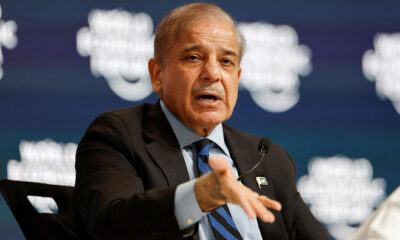
 Latest News23 hours ago
Latest News23 hours ago
 Latest News23 hours ago
Latest News23 hours ago
 Latest News1 day ago
Latest News1 day ago
 Latest News23 hours ago
Latest News23 hours ago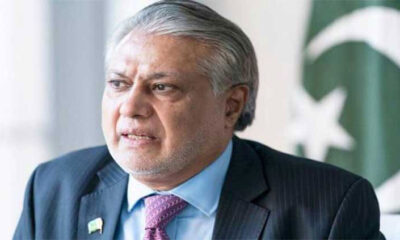
 Latest News23 hours ago
Latest News23 hours ago
 Business23 hours ago
Business23 hours ago
 Latest News23 hours ago
Latest News23 hours ago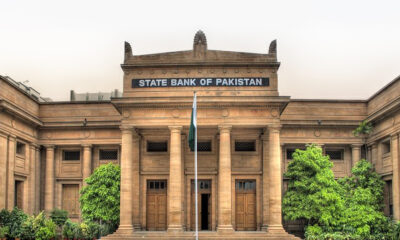
 Business23 hours ago
Business23 hours ago
